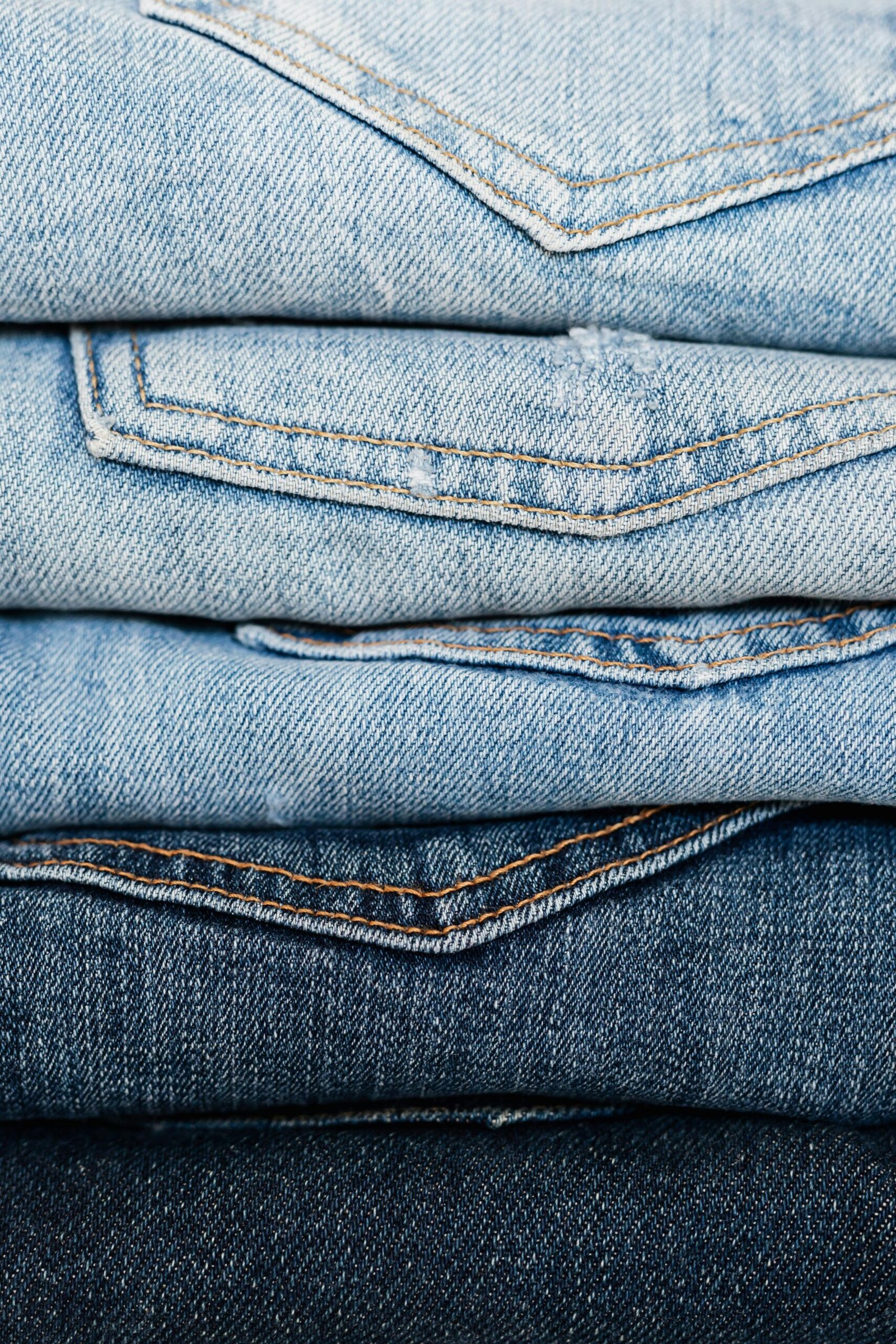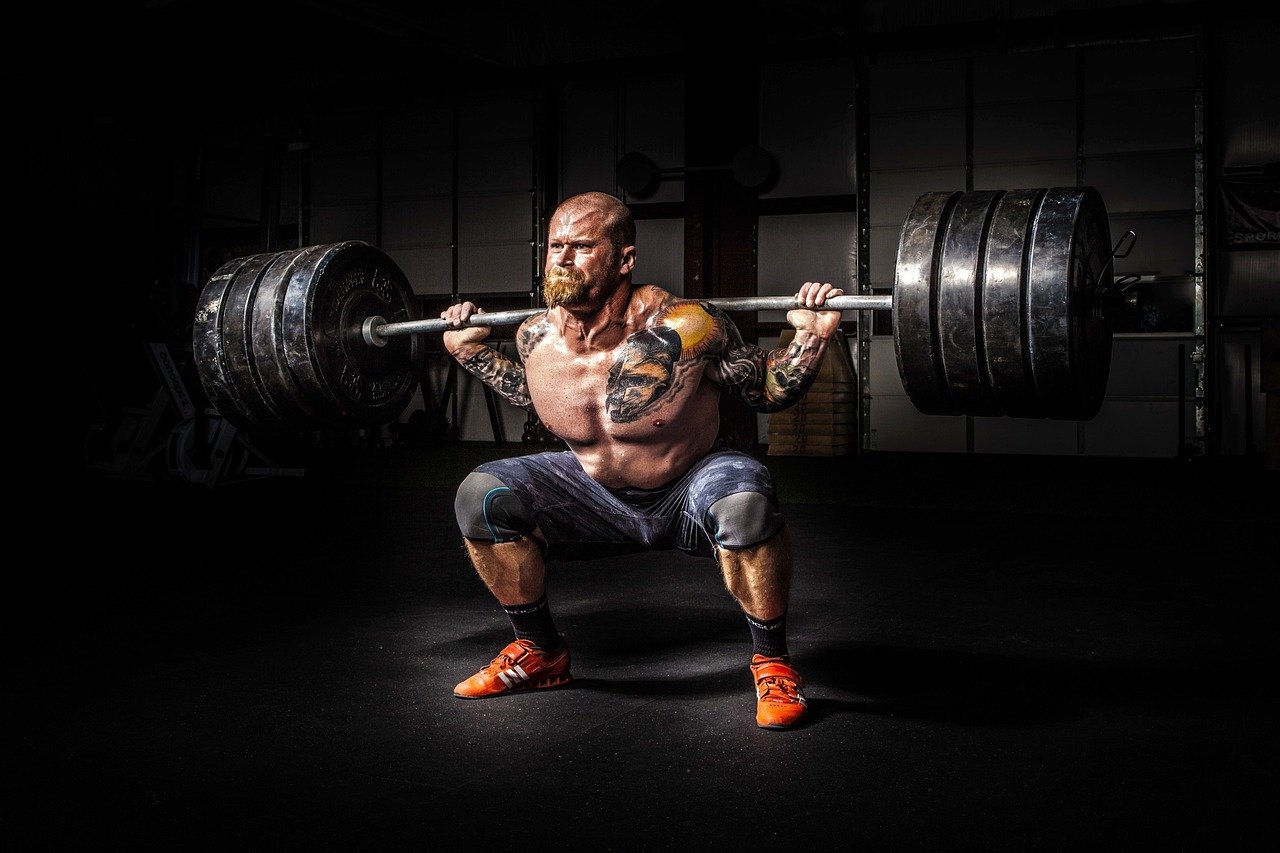Are you looking to take your workout performance to the next level? Well, look no further because we have the key to unlocking your full potential – gym clothing choices. When it comes to optimizing your exercise routine, the clothes you wear can make a world of difference. From moisture-wicking fabrics that keep you cool and dry, to compression gear that supports and enhances your muscles, the right gym clothing choices can maximize your workout performance in ways you never imagined. So, get ready to elevate your fitness game and unleash your true potential with these top-notch gym clothing options.
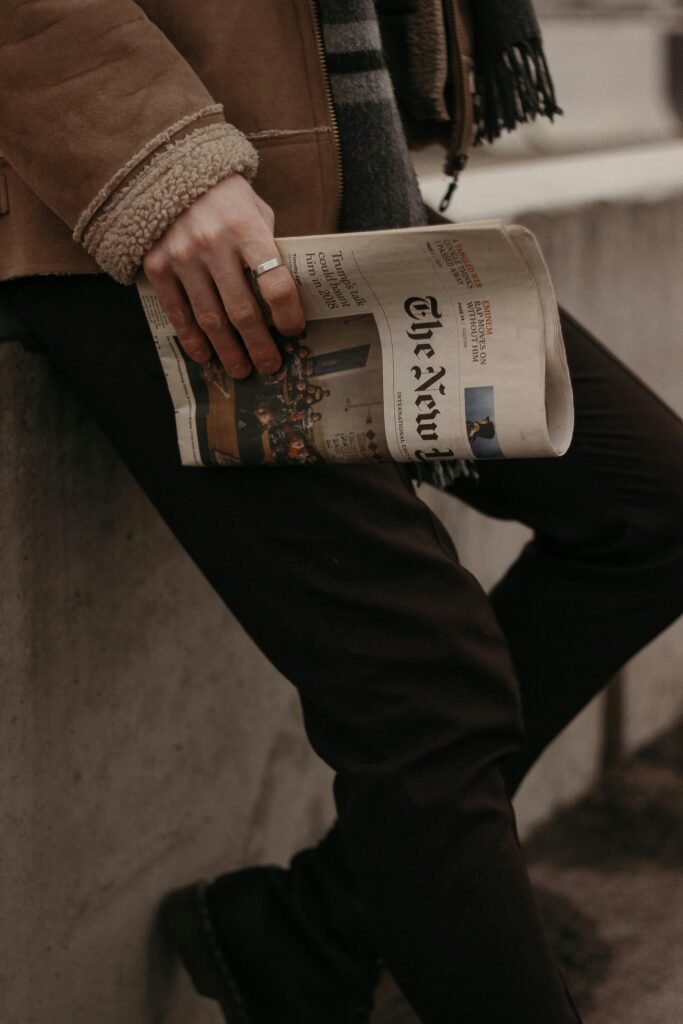
This image is property of images.pexels.com.
Choosing the Right Fabric
When it comes to choosing gym clothing, the type of fabric is incredibly important for your comfort and performance. There are several factors to consider when selecting the right fabric for your workout clothes. Let’s take a look at some of the key considerations.
Moisture-Wicking Fabrics
One of the most important features to look for in gym clothing is moisture-wicking fabric. Moisture-wicking fabrics are designed to pull sweat away from your skin and allow it to evaporate quickly, keeping you dry and comfortable during your workout. Look for materials such as polyester or nylon blends, which are known for their moisture-wicking properties.
Breathable Fabrics
In addition to moisture-wicking, it’s important to choose gym clothing made from breathable fabrics. Breathable materials allow air to flow through the fabric, preventing you from feeling overheated and sweaty during your workout. Fabrics like mesh or lightweight cotton blends are great options for breathability.
Compression Fabrics
Compression fabrics are another popular choice for gym clothing, especially for high-intensity workouts. These fabrics provide a snug fit that supports your muscles and improves blood circulation, which can enhance your performance and aid in recovery. Compression garments are typically made from a blend of spandex and nylon.
Stretchy Fabrics
Lastly, it’s essential to choose gym clothing made from stretchy fabrics. Stretchy materials like spandex or elastane allow for a full range of motion and flexibility during your workout. Whether you’re stretching, bending, or doing intense movements, having clothing that moves with you is crucial for comfort and performance.
Proper Fit and Comfort
Choosing gym clothing that fits properly and offers maximum comfort is vital for a successful workout. Ill-fitting clothes can be distracting and hinder your movements. Here are some tips to ensure a proper fit and enhance your overall comfort.
Avoiding Ill-Fitting Clothing
When selecting gym clothing, be sure to avoid clothes that are too tight or too loose. Tight-fitting clothes may restrict your movements, while loose clothes can get in the way or cause discomfort. Look for garments that offer a balance between a snug fit and freedom of movement.
Finding the Right Size
To find the right size for your gym clothing, refer to the size chart provided by the brand or retailer. Take accurate measurements of your body to determine the appropriate size based on your chest, waist, hips, and inseam. Keep in mind that sizes may vary between brands, so always consult the size guides.
Trying on Before Buying
If possible, try on gym clothing before making a purchase. This allows you to assess the fit and comfort firsthand. Bend, stretch, and move around to ensure that the clothes stay in place and allow for proper mobility. Pay attention to any areas that may feel tight or restrictive.
Evaluating Comfort
When it comes to gym clothing, comfort is key. Look for features such as flatlock seams, which prevent chafing and irritation. Additionally, consider clothes with adjustable waistbands or straps for a customizable fit. Remember that comfort ultimately enhances your performance, so prioritize it when choosing gym clothing.
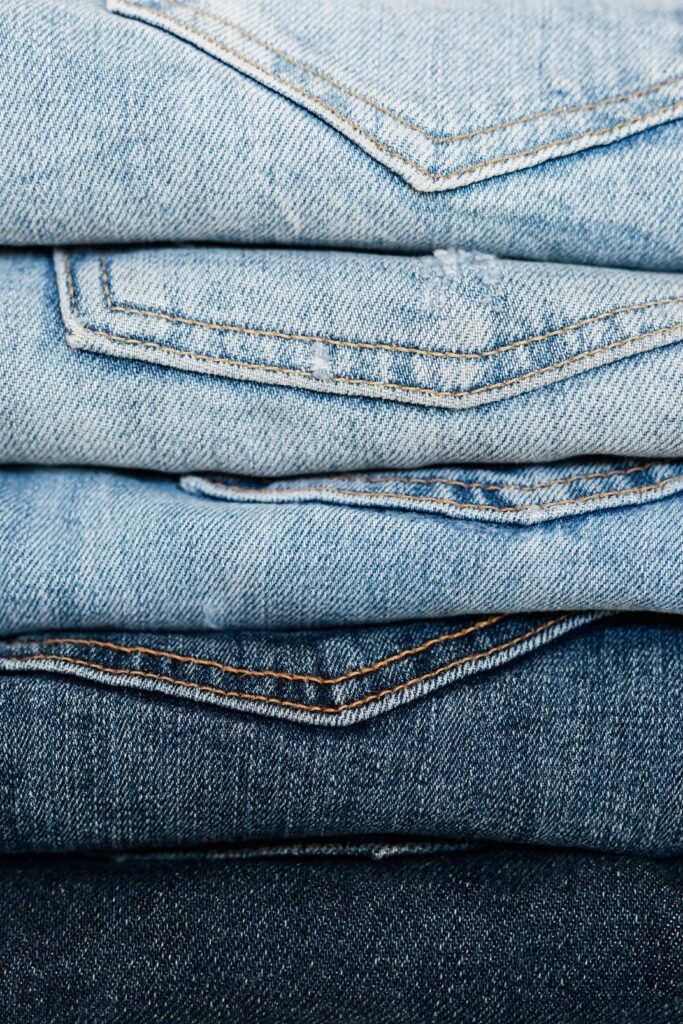
This image is property of images.pexels.com.
Supportive Sports Bras
For women, having a supportive sports bra is essential for a comfortable and effective workout. Here are some factors to consider when choosing the right sports bra for your needs.
Choosing the Right Level of Support
Different activities require different levels of support from a sports bra. Low-impact activities like yoga or Pilates may only require light support, while high-impact activities like running or jumping exercises call for maximum support. Consider the intensity level of your workouts and select a sports bra accordingly.
Proper Sizing and Fit
Just like with regular bras, finding the right size is crucial for a sports bra. Measure your bust to determine your band and cup size accurately. A sports bra should fit snugly without feeling too tight or constricting. Ensure that the band is parallel to the ground and that the straps do not dig into your shoulders.
Material and Breathability
Sports bras are made from various materials, ranging from cotton blends to moisture-wicking synthetics. For optimal comfort and breathability, choose sports bras made from moisture-wicking fabrics like nylon or polyester blends. These materials will help keep you dry and cool during your workouts.
Consideration for Different Activities
Different activities may require specific features in a sports bra. For instance, if you participate in high-impact activities, look for sports bras with encapsulated cups or high necklines for added support and reduced bounce. Dance or yoga activities may benefit from sports bras with built-in shelf bras for light support.
Optimal Leggings and Shorts
Selecting the right leggings or shorts for your workouts can significantly impact your performance and comfort. Consider the following factors when choosing bottoms for the gym.
Choosing the Right Length
Leggings and shorts are available in various lengths, including full-length, capri, and shorts. The choice of length depends on personal preference and the type of activity you’ll be engaging in. Full-length leggings offer maximum coverage and are great for cooler weather, while shorts provide more freedom of movement in warm temperatures.
Considering the Activity Type
Different activities may require specific features in your gym bottoms. For example, if you’re participating in high-intensity workouts, consider leggings with additional compression for muscle support. If you’re engaging in activities like yoga or Pilates, opt for leggings with four-way stretch for better flexibility.
Moisture-Wicking Properties
Just like gym tops, leggings and shorts should have moisture-wicking properties to keep you dry and comfortable. Look for fabrics that draw sweat away from your skin and allow for quick evaporation. Materials like polyester or nylon blends are excellent choices for moisture-wicking gym bottoms.
Material and Stretch
Gym bottoms should be made from stretchy materials that allow for a full range of motion. Fabrics like spandex or elastane provide the necessary stretch and flexibility for various workout movements. Additionally, consider how the material feels against your skin to ensure optimal comfort during your workouts.
Avoiding Chafing and Irritation
To avoid chafing and irritation, look for leggings or shorts with flatlock seams. These seams lie flat against the skin, preventing rubbing or digging into your skin. Additionally, consider bottoms with soft waistbands or flat elastic to enhance comfort and minimize irritation.
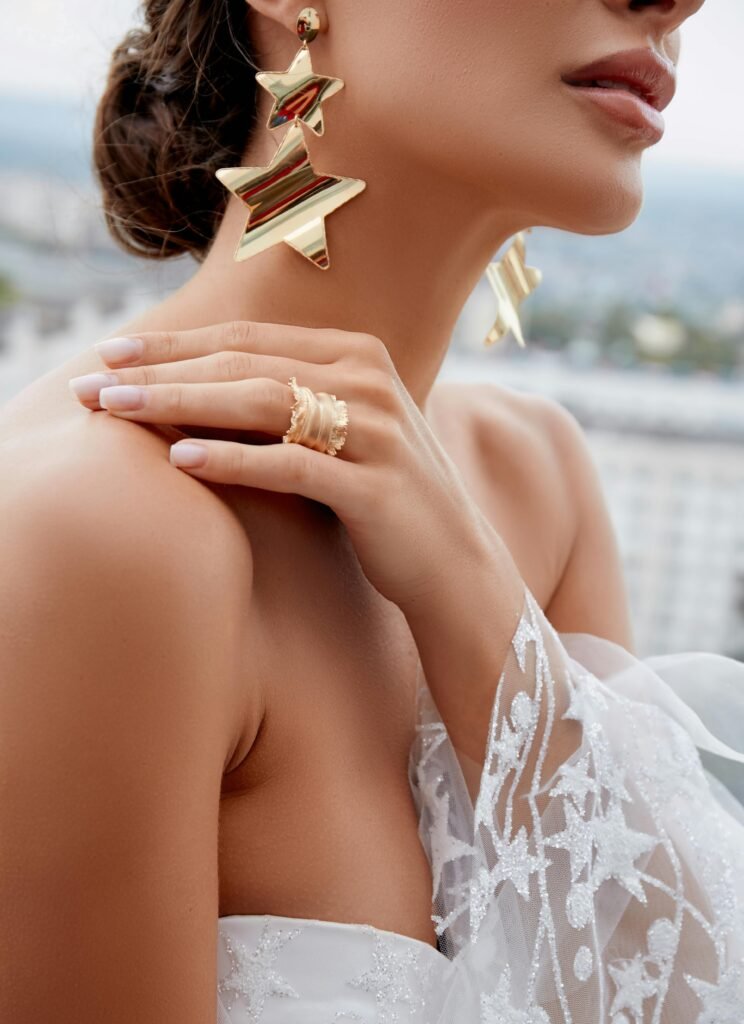
This image is property of images.pexels.com.
Comfortable Tops and Shirts
Choosing the right tops and shirts for your workouts can greatly impact your overall performance and comfort. Consider the following factors to ensure you have the most comfortable gym tops.
Breathable and Lightweight Fabrics
When it comes to gym tops, prioritize breathability and lightweight fabrics. Fabrics like mesh or lightweight cotton blends allow air to circulate, keeping you cool and comfortable throughout your workout. Avoid heavy materials that may cause you to overheat or feel weighed down.
Avoiding Restriction of Movement
Gym tops should allow for unrestricted movement during your workouts. Look for tops that have a relaxed or loose fit, allowing for freedom of motion. Raglan or cut-out sleeves can also enhance your range of movement, especially for exercises that involve a lot of arm movements.
Proper Fit and Style
The fit of your gym tops is essential for comfort and functionality. Avoid tops that are too tight or too loose, as they can impede your movements or cause discomfort. Choose tops that provide a balance between a snug fit and ample room for movement. Additionally, consider your personal style preferences to feel confident during your workouts.
Preventing Irritation
To prevent irritation, opt for gym tops with smooth seams or flatlock stitching. These features minimize friction against your skin, reducing the risk of chafing or discomfort. Avoid tops with embellishments or excessive stitching that may cause irritation during intense movements.
Footwear for Different Activities
Choosing the right footwear is crucial for maximizing your workout performance and preventing injuries. Consider the following factors when selecting gym shoes.
Choosing the Right Type of Shoe
Different activities require different types of athletic shoes. Running shoes, for example, are designed to provide cushioning and support for forward motion, while training shoes offer stability and lateral support for multidirectional movements. Consider the specific activities you’ll be engaging in and choose shoes designed for those activities.
Proper Fit and Comfort
Finding the right fit is paramount when it comes to gym shoes. Ill-fitting shoes can cause discomfort, blisters, or even foot pain. Ensure that there is enough room in the toe box for your toes to move freely. The shoe should feel snug around the heel to provide support and prevent slipping.
Support and Cushioning
Proper support and cushioning are essential for minimizing the impact on your joints during workouts. Look for shoes that offer ample cushioning in the midsole to absorb shock and provide comfort. Shoes with additional features like arch support or heel counters can also enhance stability and reduce the risk of injuries.
Consideration for Different Surfaces
Consider the surfaces you’ll be exercising on and choose shoes that are appropriate for those conditions. If you primarily work out in the gym, shoes with non-marking soles are ideal to prevent scuffing the floors. If you enjoy outdoor activities, look for shoes with durable outsoles that provide excellent traction on various terrains.
Socks for Performance
Choosing the right socks may not seem like a priority, but they play a crucial role in your comfort and performance during workouts. Consider the following factors when selecting performance socks.
Moisture-Wicking and Breathable
Like other gym clothing, socks should be made from moisture-wicking and breathable materials. Look for socks that are designed with ventilation panels or made from moisture-wicking fabrics like polyester or nylon blends. These features will keep your feet dry and help prevent blisters caused by excess moisture.
Proper Thickness and Cushioning
The thickness and cushioning of the socks should correspond to the intensity and impact level of your workouts. For high-impact activities, choose socks with additional cushioning in areas like the heel and ball of the foot. Thinner socks with targeted cushioning may be more suitable for low-impact workouts.
Arch Support and Stability
Socks that provide arch support can enhance stability and prevent fatigue during your workouts. Look for socks with built-in arch bands or targeted compression around the arch area. This feature can help reduce foot fatigue and provide added support throughout your entire workout.
Avoiding Blisters
To avoid blisters, socks should fit snugly without being too tight. Ensure that the socks have a seamless design or flat toe seams, as these features minimize potential friction against your skin. Additionally, consider socks with blister prevention technology, such as padded heel tabs or reinforced toe areas.
Accessories for Improved Performance
In addition to your clothing choices, certain accessories can further enhance your workout performance. Consider incorporating the following accessories into your gym routine.
Sweatbands for Managing Perspiration
Sweatbands are great accessories for managing perspiration during intense workouts. They can help keep sweat out of your eyes and prevent it from dripping onto other parts of your body. Look for sweatbands made from absorbent materials like terrycloth or moisture-wicking fabrics.
Corrective Gear for Recovery
Corrective gear such as braces or compression sleeves can aid in recovery and injury prevention. If you have specific areas of concern or previous injuries, consult with a healthcare professional to determine if corrective gear is appropriate for you. These accessories can provide support and stability during workouts, helping you perform at your best while minimizing the risk of further injury.
Gloves for Grip and Protection
Gloves can provide additional grip and protection for your hands during weightlifting or outdoor activities. Look for gloves with padded palms to reduce the risk of calluses or blisters. Consider gloves with adjustable wrist closures for a secure fit and added support.
Headbands for Hair Management
Headbands are not only fashionable but also functional for managing your hair during workouts. They help keep hair out of your face, minimizing distractions while providing a comfortable and secure fit. Look for headbands made from moisture-wicking materials to keep sweat away from your forehead and hairline.
Layering for Versatility
Layering your gym clothing allows for versatility and comfort in different weather conditions. Consider the following layering options for optimal performance.
Choosing the Right Base Layer
The base layer is the foundation of your gym outfit and is worn closest to your body. Choose lightweight and moisture-wicking fabrics for your base layer to keep you dry and comfortable. This layer should fit snugly without restricting your movements or feeling too tight.
Adding Mid-Layers for Warmth
In colder weather, adding mid-layers provides insulation and helps regulate body temperature. Look for fleece or thermal tops that offer warmth without bulkiness. A zip-up hoodie or lightweight jacket can easily be added or removed as needed to maintain a comfortable temperature during your workout.
Outer Layers for Protection
Outer layers are designed to protect you from external elements such as wind, rain, or cold temperatures. Consider investing in a waterproof or wind-resistant jacket for outdoor workouts. Look for features like adjustable hoods, zippered pockets, or reflective details for added functionality and safety.
Consideration for Different Weather
For hot weather, prioritize lightweight and breathable fabrics, and opt for shorts or tank tops to keep cool. In colder weather, layering becomes crucial for warmth and comfort. Be prepared for different weather conditions by having a variety of gym clothing options that you can easily layer or remove as needed.
Hygiene and Odor Control
Maintaining good hygiene and controlling odor is not only considerate to those around you but also important for your own comfort. Here are some tips for managing hygiene and odor with your gym clothing.
Choosing Anti-Odor Fabrics
Consider gym clothing made from fabrics treated with antimicrobial technology to help control odor-causing bacteria. Look for labels indicating antimicrobial properties or fabrics that contain silver or copper, known for their antibacterial qualities. These fabrics can inhibit the growth of odor-causing bacteria, keeping your gym clothing fresher for longer.
Washing and Drying Practices
Proper care of your gym clothing is essential for maintaining hygiene and odor control. Wash your gym clothes promptly after each workout to prevent the buildup of bacteria or sweat. Follow the care instructions provided on the garment labels, as some fabrics may require special washing or drying methods. Additionally, avoid using fabric softeners, as they can reduce the effectiveness of moisture-wicking and anti-odor properties.
Proper Storage and Air Circulation
After washing, ensure that your gym clothes are completely dry before storing them. Damp or folded clothes can provide a breeding ground for bacteria and unpleasant odors. Hang your gym clothes in a well-ventilated area or use breathable storage containers to allow air circulation. This will help keep your clothes fresh and dry, ready for your next workout.
Hygiene Etiquette at the Gym
Practicing good hygiene at the gym not only benefits you but also shows consideration for others. Always wear clean gym clothes for each workout session and bring a fresh towel to wipe off sweat. Use hand sanitizers or wash your hands regularly, especially after using shared equipment. Following proper hygiene etiquette not only promotes a positive gym environment but also helps prevent the spread of germs and bacteria.
By carefully considering the fabric, fit, and support of your gym clothing, you can significantly enhance your workout performance and overall comfort. Choose moisture-wicking and breathable fabrics, ensure proper fit and support, and don’t forget to take care of your gym clothing for optimal hygiene. With the right gym clothing choices, you’ll feel confident, comfortable, and ready to maximize your workout performance.
